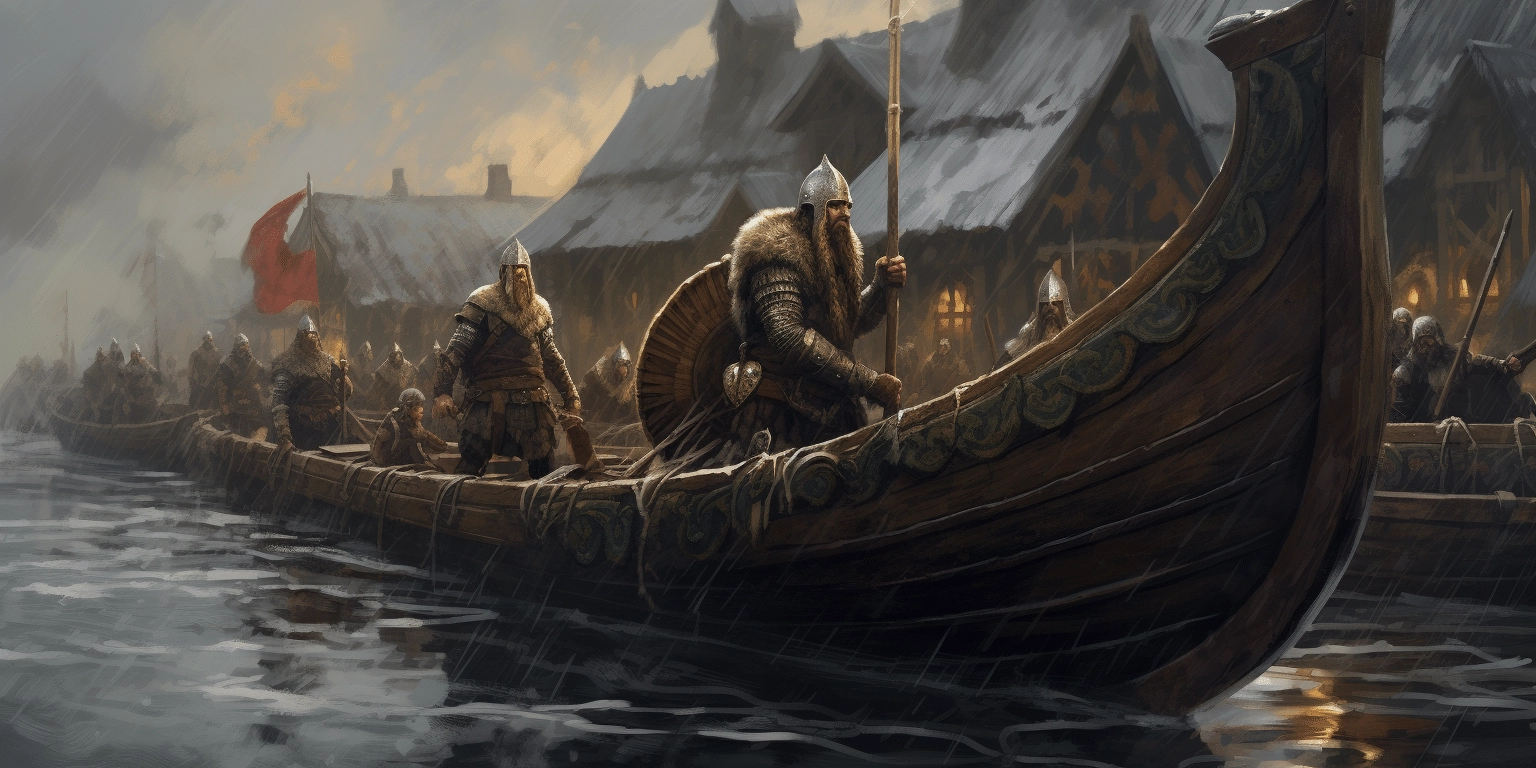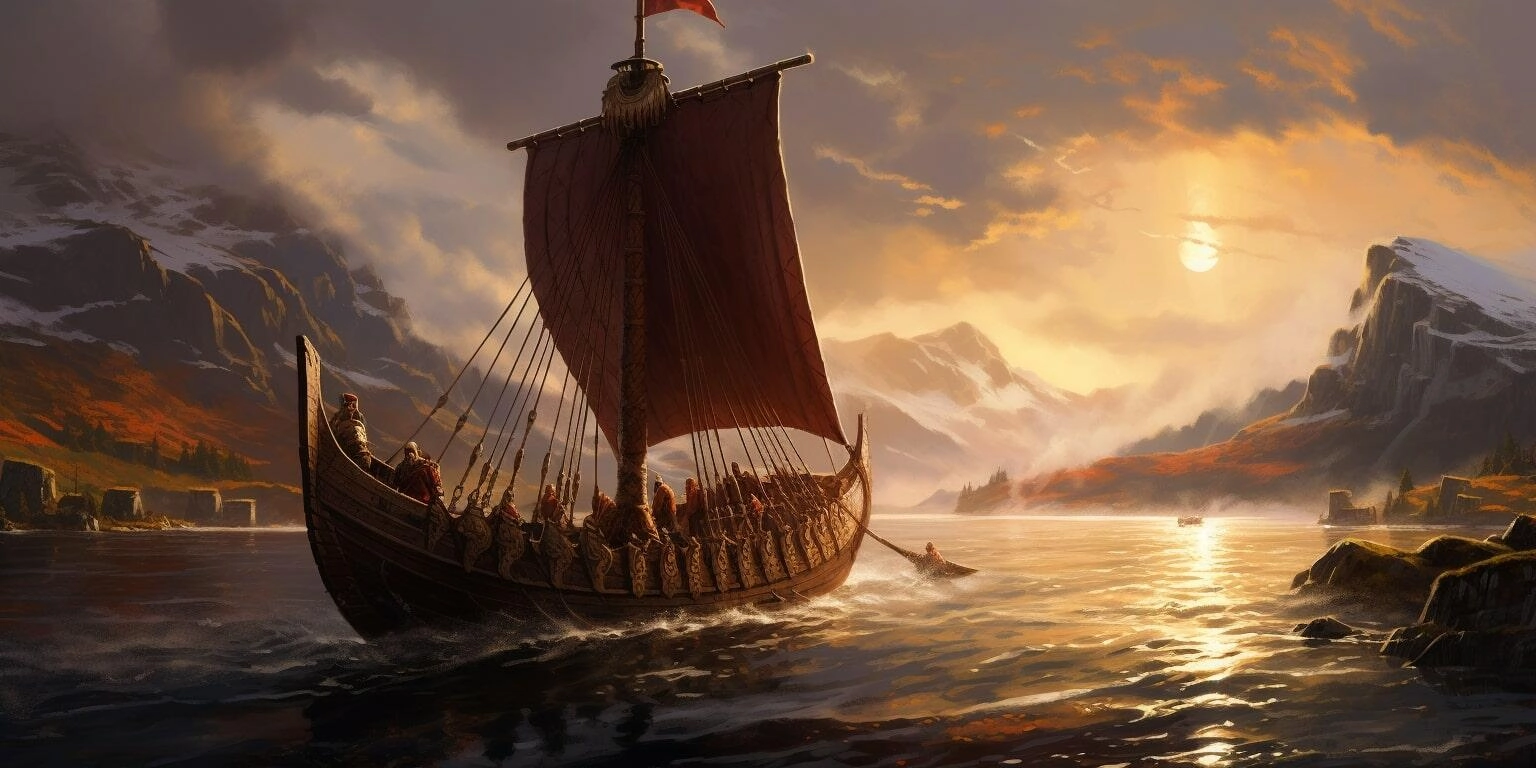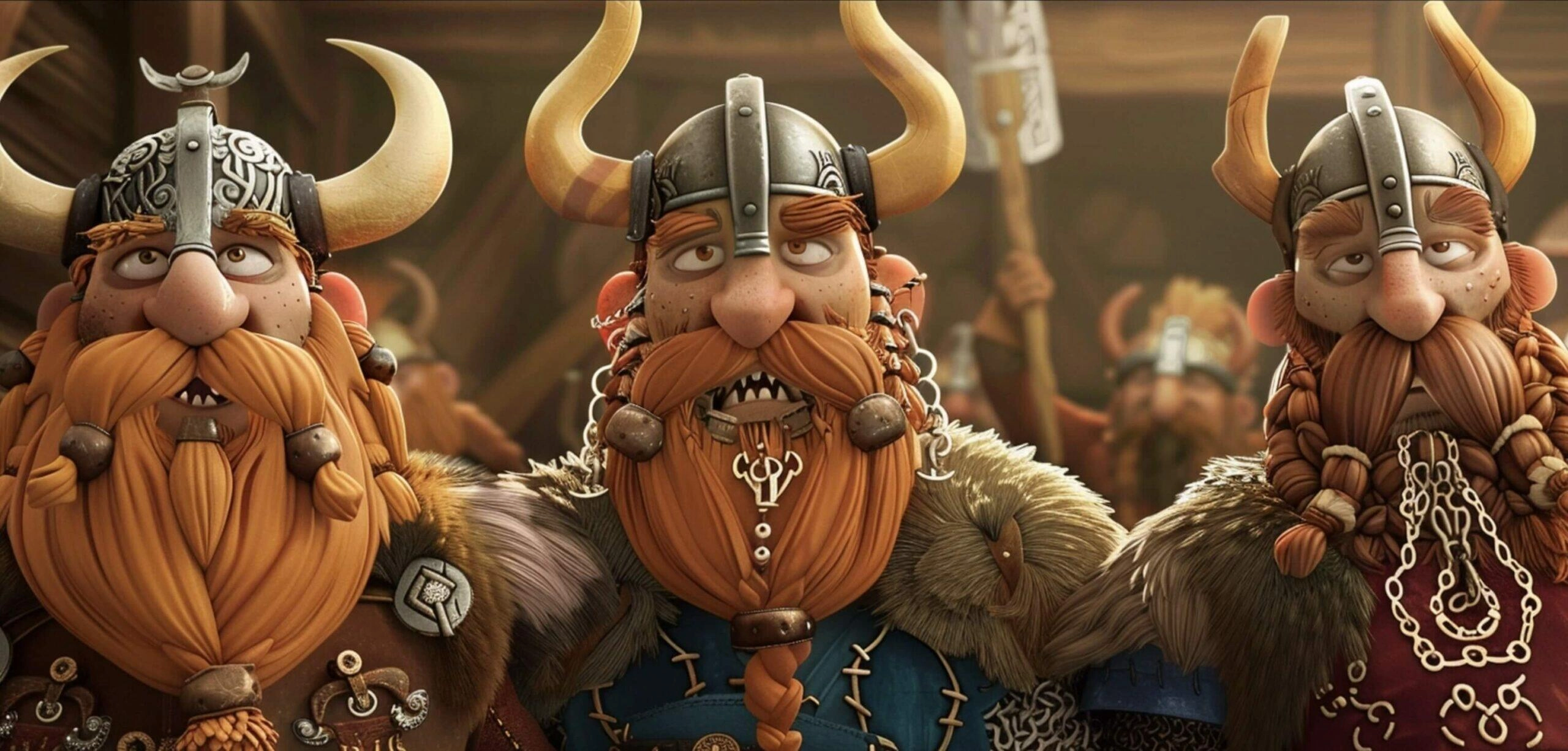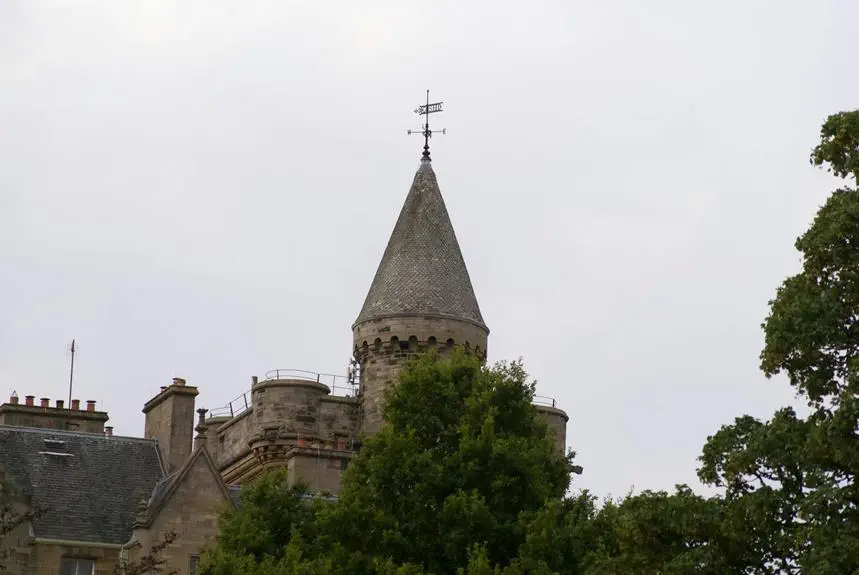You’ve traversed the rough terrains of Scotland, listened to the whispered sagas carried by its breezes, and sensed the rhythm of history beneath your soles. Now, imagine peeling back the time-worn layers to expose a period characterized by the adventurous voyages of Vikings in the Hebrides. Envision the Norse longships defying the dangerous seas, the rise of smoky settlements, and the cultural collision crafting a fresh Scottish identity. Fascinating, isn’t it? Thus, we cordially invite you to accompany us on this expedition to examine Scotland’s Norse ancestry. There’s no telling what mysteries or narratives we might excavate in the process. As we journey through this captivating story, we’ll also explore breathtaking landscapes that shape the narrative of Scotland’s Norse past. From the iconic Caithness natural attractions to the rugged cliffs overlooking the wild North Sea, each site reveals layers of history and beauty. Prepare to be mesmerized by how nature and culture intertwine, inviting us to uncover tales that resonate through the ages. As we delve deeper into this rich tapestry, you’ll find that the journey is not just about the past but also about the hidden gems that Scotland holds. Get ready to witness Scotland’s secret attractions revealed, where ancient ruins and unspoiled landscapes await your discovery. This adventure promises to enchant, offering glimpses into a world where the echoes of the Vikings still linger in the air.
Early Norse Settlements in Scotland
Focusing on the initial Norse settlements in Scotland, it’s important to understand that the Viking era commenced in the late 8th century. This period was characterized by calculated attacks on places such as the Pictish monastery of Iona. The invasions targeted vital points along the Scottish coastline, like monasteries and significant settlements. Notably, these settlements were purposely positioned near river estuaries, a strategy devised to ensure easy sea access for trade and attacks. These early Norse settlers profoundly influenced the culture and economy of Scotland, paving the way for future interactions between Norse and Scottish communities. Today, the legacy of these initial settlements can still be explored through various activities, such as the fort william adventure activities, which offer a glimpse into the historical landscape shaped by these early invaders. As visitors engage in these experiences, they can appreciate the rich tapestry of history that continues to define Scotland’s coastal areas.
Archaeological findings provide a detailed account of these early settlements. They depict Vikings not only as ruthless attackers but also as traders. Trade paths were created, linking Scotland with Scandinavia and the wider Northern European region. The Vikings were not solely attackers; they were seeking opportunities to broaden their economic scope.
Nevertheless, the Viking influence wasn’t everlasting. The Battle of Largs in 1263 signaled a critical change. This event resulted in a considerable decrease in Viking sway in Scotland, altering the region’s power structure. Hence, these early Norse settlements represent an intriguing phase of Scottish history, characterized by both strife and intercultural exchange. Although their influence is no longer politically predominant, it has eternally altered Scotland’s cultural and economic topography.
Unearthing Viking-Age Artifacts

Much like the ancient Norse settlements, a multitude of artifacts from the Viking era found in the Hebrides provide a real-world link to this captivating period, illuminating the cultural, artistic, and everyday aspects of Viking existence in Scotland. These archaeological finds depict an intricate canvas of material culture, maintained through continuous conservation initiatives.
Four noteworthy discoveries serve to detail this historical setting:
- The Lewis chess pieces, made from walrus ivory and whales’ teeth, mirror the fine artisanship of the Vikings.
- The cross slab from the 11th-century on Ì Chaluim Chille presents a fusion of Irish and Viking art, underscoring cultural exchanges.
- Maeshowe in Orkney, containing 30 runic inscriptions, offers exclusive glimpses into Viking culture.
- Birsay in Orkney, where Pictish artifacts were uncovered within Norse residences, signifies the extent of cultural interplay.
These artifacts not only offer views into the past but also act as a reminder of the independence Vikings enjoyed in shaping their cultural identities. They bear witness to the Vikings’ irrepressible spirit, their artistic prowess, and their interaction with local cultures. You are encouraged to examine these artifacts further and decode the enigmas of Scotland’s Norse heritage.
Norse Influence on Scottish Maritime Traditions

The Norse influence has left a profound mark on Scottish maritime traditions, noticeably shaping their shipbuilding methods, navigation techniques, and seafaring customs. The shipbuilding acumen of the Norse, especially their longships, revolutionized Scottish navigation. These ships, skillful in navigating both sea and river, increased the adaptability and effectiveness of Scottish maritime endeavors.
The Norse not only influenced Scotland through their shipbuilding skills, but their navigation methods also made a significant impact. Vikings, renowned for their extraordinary seafaring capabilities, traveled extensive distances using rudimentary yet functional tools and a natural understanding of the sea. Their advanced knowledge of tides, currents, and celestial navigation was incorporated into Scottish maritime customs, improving their navigational skills.
Scottish ports, vital for the vibrant Viking trade networks, became centers of cultural exchange and economic development. The assimilation of Norse maritime knowledge contributed to the abundant maritime heritage of Scotland’s coastal communities and even played a role in shaping their defensive strategies.
When studying Scotland’s maritime traditions, the lasting Norse influence is impossible to ignore. Their impact is still evident in Scotland’s shipbuilding methods and navigational techniques, providing a clear representation of the historical Norse-Scottish maritime collaboration.
The Battle of Largs: A Turning Point

The Norse influence on Scotland’s maritime traditions is undeniable, with the Battle of Largs in 1263 marking a crucial turning point in the Viking-Scottish disputes. This confrontation between the Scottish and Norwegian forces, highlights the changing power dynamics of medieval Europe.
- Visualize the Norse tactics, the tactical maneuvers, the adept placement of forces.
- Think of the intense battles, the uproar of warriors, the sound of metal meeting metal.
- Conceive the calculated retreats, the careful extraction of the Norwegian fleet under King Haakon IV.
- Reflect on the aftermath, the uncertain outcome that nevertheless signified a change in authority.
Even without a definitive victor, the Battle of Largs altered the path of history. The Norse, previously dominant, were now receding, indicating the cessation of Viking invasions in Scotland. This marked a triumph for freedom, for the privilege of self-rule. The reverberations of this significant clash can still be perceived in Scotland’s historical landmarks, a tribute to the everlasting legacy of this turning point in the Viking-Scottish disputes. Let this understanding inspire you, a symbol of the tenacity and resolve of a people, a tribute to humanity’s pursuit of freedom.
Viking Legacy in Scottish Place Names

Analyzing Scotland’s history through its place names unveils a vibrant web of Norse influence, especially apparent in the Hebrides. Connections between Norse and Gaelic are reflected in places like Daliburgh and Kilmaluag. The cultural intersections between the Vikings and the local Gaelic population are mirrored in these naming conventions, revealing historical influences reaching further than mere conquest.
The following table displays examples of Hebridean place names with Norse roots, their meanings, and the cultural intersections they represent:
| Norse-Gaelic Place Name | Norse Meaning | Cultural Intersection |
|---|---|---|
| Daliburgh | Valley fort | Viking settlement |
| Kilmaluag | Church farm valley | Norse-Christian synthesis |
| Tarbert | Draw-boat | Norse maritime influence |
| Uig | Bay | Norse geographical nomenclature |
| Lerwick | Clay bay | Norse topographical description |
These place names provide a direct link to the past, emphasizing the enduring impact of Viking presence in the Hebrides. By studying these names, you’re not only investigating historical influences, but also gaining insight into Scotland’s intertwined Norse and Gaelic heritage.
Contemporary Viking-Inspired Scottish Art

Contemporary Scottish artwork draws heavily from the rich Viking heritage. Artists, including Sheila Fleet, incorporate Viking symbols in their jewelry designs, while cultural events such as Up Helly Aa, Largs Viking, and Highland Viking pay tribute to Viking history through diverse cultural displays. These modern portrayals create a cultural amalgamation, seamlessly connecting historical eras.
- Sheila Fleet’s Jewellery: Fleet’s creations, influenced by Viking artistry, signify the historical impacts on Scottish society.
- Up Helly Aa: This event features a fiery procession ending with the symbolic burning of a Viking longship, encapsulating the Viking ethos.
- Largs Viking Festival: Historical enactments, narratives, and exhibits invigorate Viking mythology.
- Highland Viking Festival: Artistic portrayals of Norse culture through melody and traditional practices.
These artistic displays appeal to the audience seeking independence, offering a distinctive viewpoint on Scotland’s Norse heritage. The Viking impact is evident in contemporary Scottish art, resulting in a dynamic combination of history and imagination. Through these modern adaptations, the Viking heritage is not only conserved but also progressed, contributing to a rich mosaic of cultural amalgamation.

